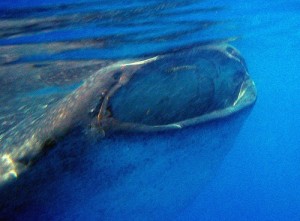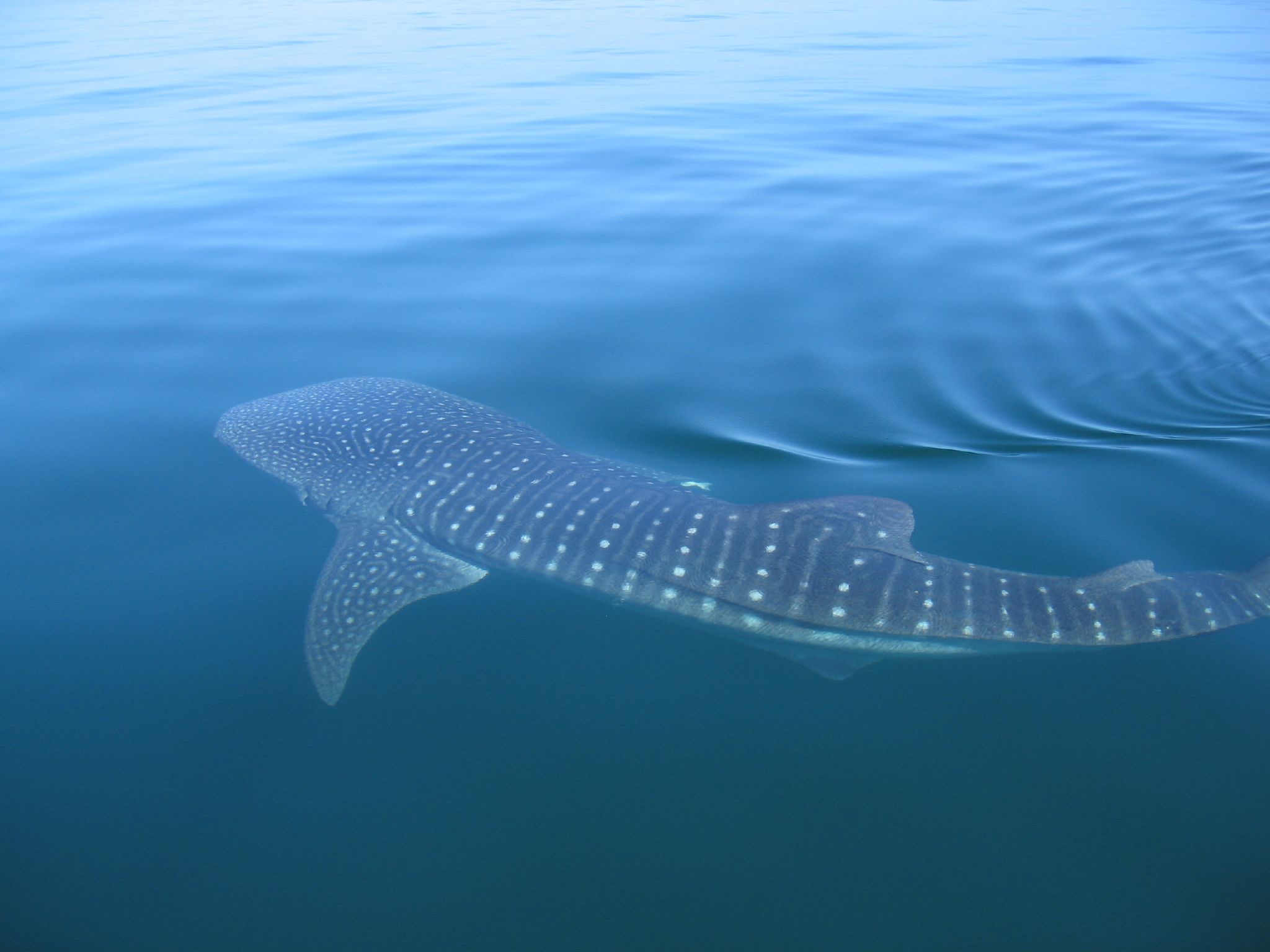NABIRE (PAPUA)- The whale sharks of Cenderawasih Bay National Park, Papua, also known as ‘The Galápagos of the East’, have become a main tourist attraction. In 2012, the park listed 1,764 foreign and local tourists and in 2016 this was over 4000 foreign and local visitors.
The chance of meeting one of the gentle giants is pretty big, here off the Kwatisore fishing platform zone, Nabire, where WWF Indonesia is monitoring the whale sharks. A study by the environmental organization in the zone identified individual 135 whale sharks, the majority being males with only four females. They measure 4 to 5 meters in length on average and fall into the young-age category.
Rules of engagement
If you want to visit them, you do have to follow a few rules so that the sharks are not too much disturbed.
Visitors must heed the instructions from the guides before going to the platform where whale sharks like to appear. Apart from keeping a minimum distance of between 2 and 3 meters from the body and tail of the fish, divers are forbidden to touch or ride them.
Divers taking pictures must not use flashes because they can disturb the whale sharks and even cause blindness. When the fish approaches, divers can swim to its side or go in reverse.
Pristine reefs
The fringing reefs of Cenderawasih Bay are among the most abundant and the last of the remaining pristine reefs in the world. Recognizing the bay’s significance, in 2002 the provincial government and Conservation International established Taman Nasional Teluk Cenderawasih (Cenderawasih Bay National Park) as a marine protected area, the biggest in Indonesia.
The management plan for the park established 14 tourism zones. To date, human impact is minimal, as there are only few tourists per year and around 20,000 inhabitants. It’s possible to travel the entire length and breadth of the park and see only a few locals. Modern developments are almost nonexistent; there is no water sports center, Four Seasons or Hilton. But on the geological time scale, massive changes have occurred over the millennia.

